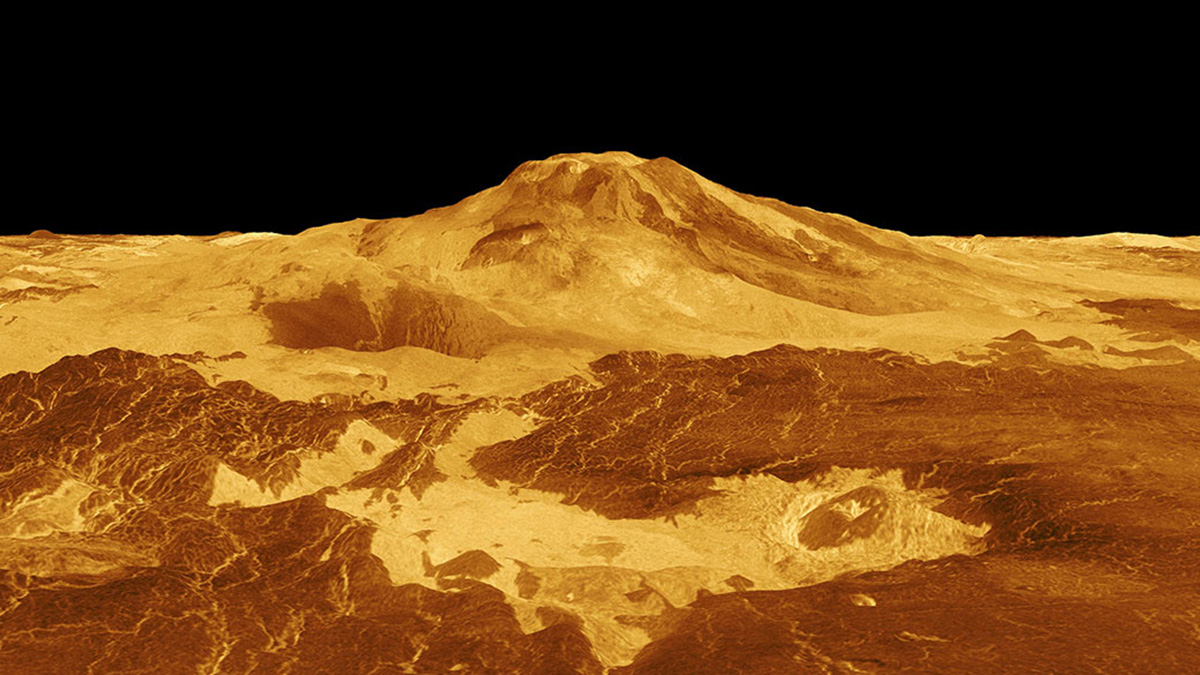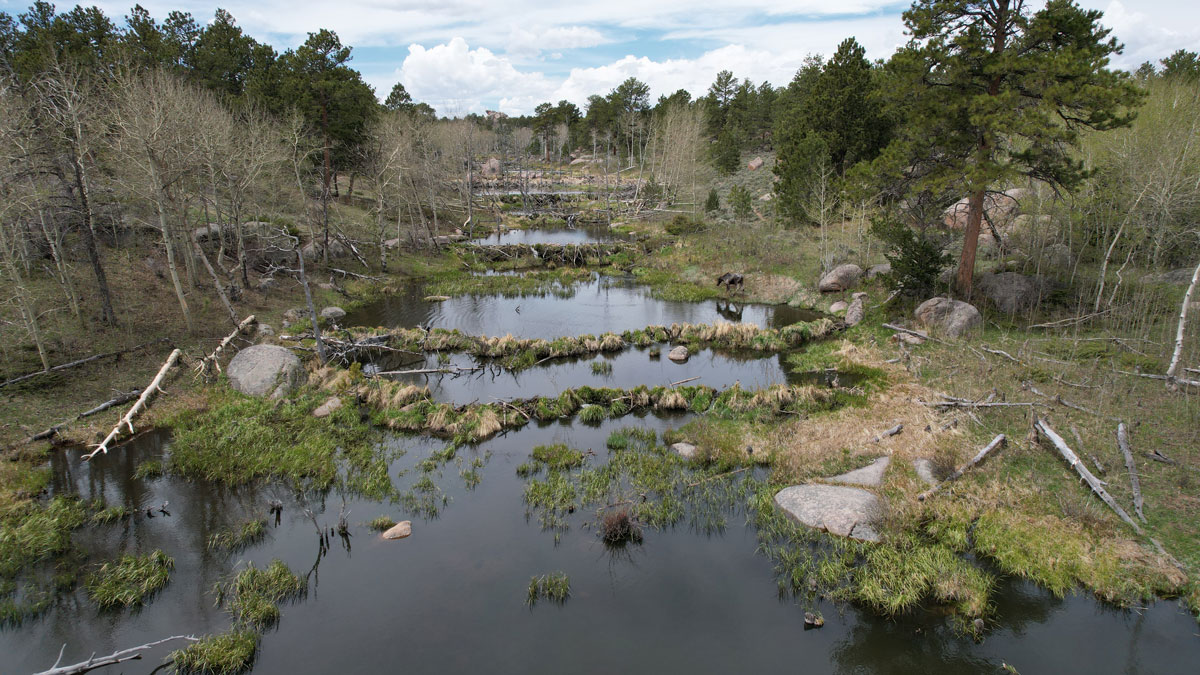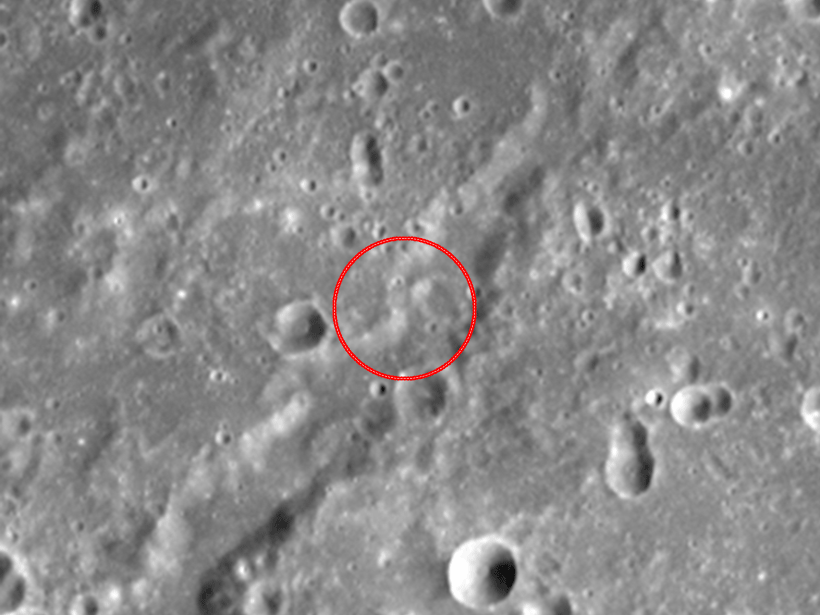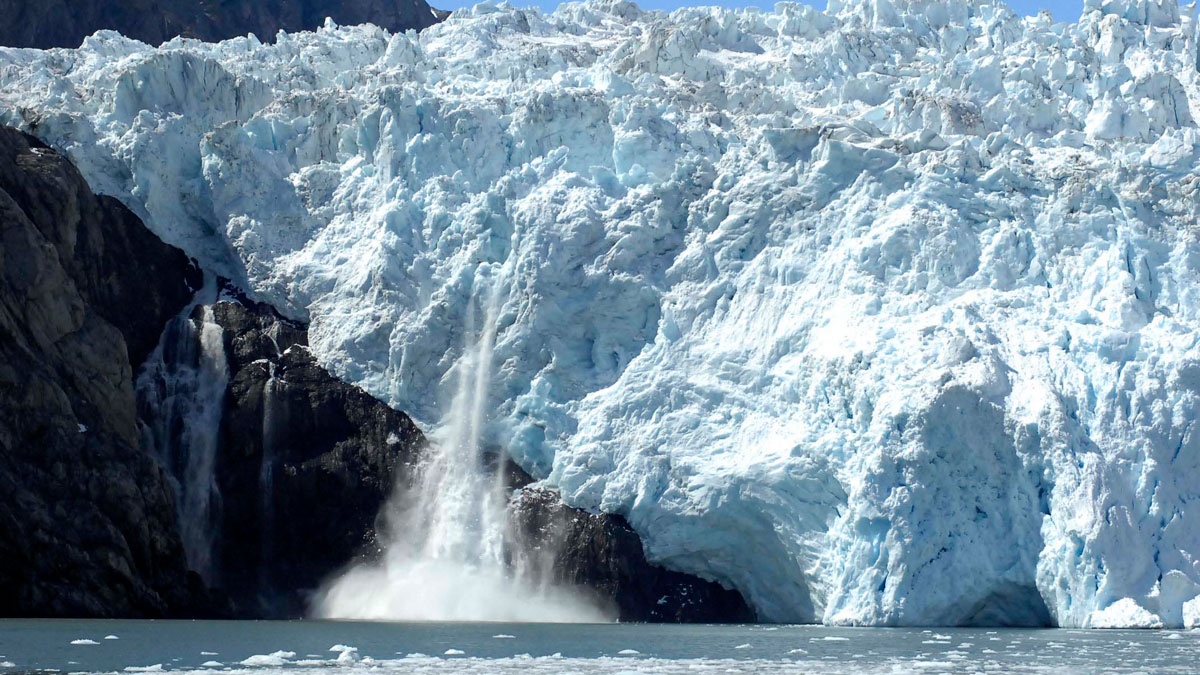With a new look at old imagery, scientists may have found evidence of volcanic activity on Venus.
satellite imagery
Las hojas están brotando más temprano en el Sendero de los Apalaches
Imágenes satelitales de nuevas y brillantes hojas revelan cambios que producirán un efecto de cascada en diversos ecosistemas al este de los Estados Unidos.
Mapping Rwanda’s Trees from Above
Researchers used both aerial and satellite imagery, as well as machine learning, to map the carbon stock of every overstory tree in Rwanda—the first such inventory in the world.
Scientists EEAGER-ly Track Beavers Across Western United States
Efficiently tracking nature’s engineers—beavers—at the scale of entire watersheds over time is now possible, thanks to a new artificial intelligence–trained model called EEAGER.
Leaves Are Springing Up Earlier Along the Appalachian Trail
Satellite images of lustrous new leaves reveal changes that will have cascading effects on diverse ecosystems in the eastern United States.
MESSENGER Reveals a More Dynamic Mercury Surface
Image pairs indicate that 99% of the planet’s surface could be altered in the next 25 million years.
Tracking Climate Through Ship Exhaust
International regulations have reduced aerosol pollutants released from ships. Now, researchers want to use ship tracks to better understand the ambiguous effects that cleaner air has on climate.
Alaskan Glaciers Advance and Retreat in Satellite Imagery
Researchers tracked 19 maritime glaciers in Kenai Fjords National Park over several decades and found that tidewater glaciers tended to experience less ice loss than other types of glaciers.
Gigantic Jet of Lightning Mapped over Oklahoma
The most powerful gigantic jet ever recorded fortuitously appeared over a sensor array in Oklahoma, enabling scientists to map the structure of the phenomenon for the first time.
Caves Offer Temperate Hope for Future Moon Exploration
Large caves near the Moon’s equator maintain a temperate, stable daily temperature around 17°C.










